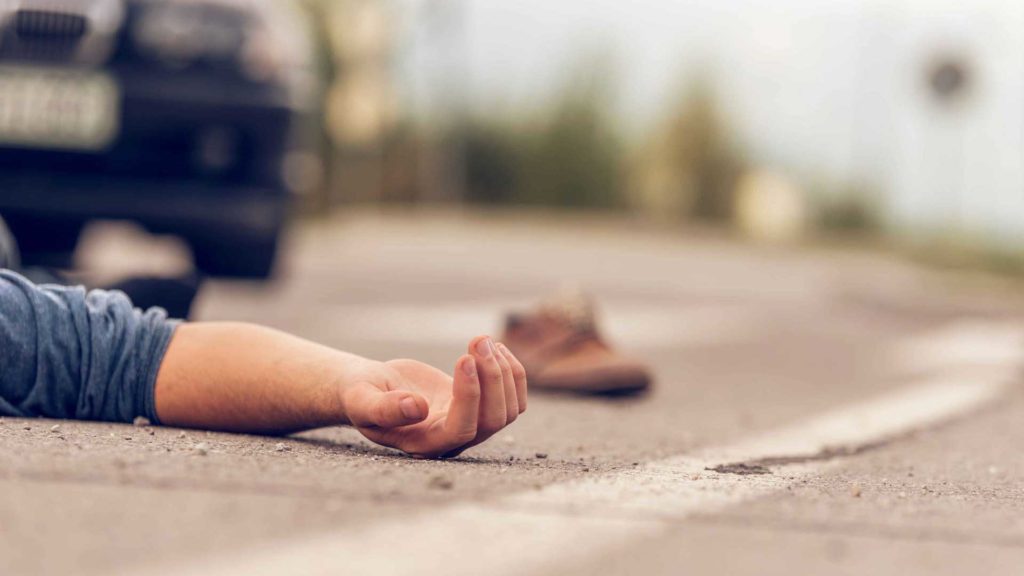Pedestrian deaths in 2020 increased by 21 percent from 2019 — the largest annual increase since such data collection began in the mid-1970s.
All of the advances in vehicle safety technology don’t really mean a lot for walkers, runners, and bicyclists. Pedestrians of all types are still at the mercy of drivers.
And new data released late last month harshly drove that point home. According to a new estimate from the Governors Highway Safety Association, despite the pandemic, pedestrian deaths increased an estimated 21% in 2020, compared to 2019.
This comes after the GHSA, a nationwide road safety organization, reported that pedestrian deaths in 2019 hit a 30-year high and increased by 50% over the last decade.
An Alarming New Trend
When publishing the 2019 report, one of the authors noted that pedestrian deaths had been dropping for 30 years until 2009, when the trend suddenly reversed and started its alarming climb.
While the same factors as before remain at play — alcohol, speeding, failure to obey signs, etc. — 2009 coincides with the period when smartphone usage began to skyrocket.
Additionally, cheap gas has meant Americans are driving more — and bigger — SUVs and trucks.
Couple that with the COVID-19 pandemic and open roads means that there is more space for drivers to act recklessly behind the wheel, and pedestrians are paying the price.
“The wrecks that are occurring are at higher speeds,” said Dr. James Augustine, a spokesman for the American College of Emergency Physicians.
Everyone Is Drinking Too Much
Besides the scourge of distracted driving, more pedestrian deaths involve alcohol, and not just among drivers. The 2019 report finds that 33% of these pedestrian fatalities involved pedestrians with a blood alcohol content of .08 or higher, compared to 16% of drivers involved in these accidents. Final tallies for 2020 are not available yet, although these types of accidents may drop since far fewer people were walking to bars and restaurants during the pandemic.
Coinciding with those numbers is a 67% increase in nighttime pedestrian fatalities from 2009 to 2018, compared to a 16% increase in daytime accidents.
That just reinforces that even if you’ve made the responsible decision to not drive drunk after a night out, you still need to be able to follow traffic laws on your walk home.
What Can We Do?
The report lists several steps that state and local governments can take to try and reduce fatalities, including:
- Increased enforcement of traffic and drunk driving laws
- Reducing speed limits on city streets
- Adding more flashing lights to make sure drivers stay alert for pedestrians
- Building more “pedestrian islands” at crossings
But whether you are a driver or a pedestrian, there are several things you can do right now to make the roads safer for you and others:
- Don’t drink and drive or drunkenly walk into roads
- Keep your eyes on the road and not on the phone, whether you’re driving or walking
- Obey all traffic laws
Hopefully, we can learn to share our transportation infrastructure a little better in the coming years.


